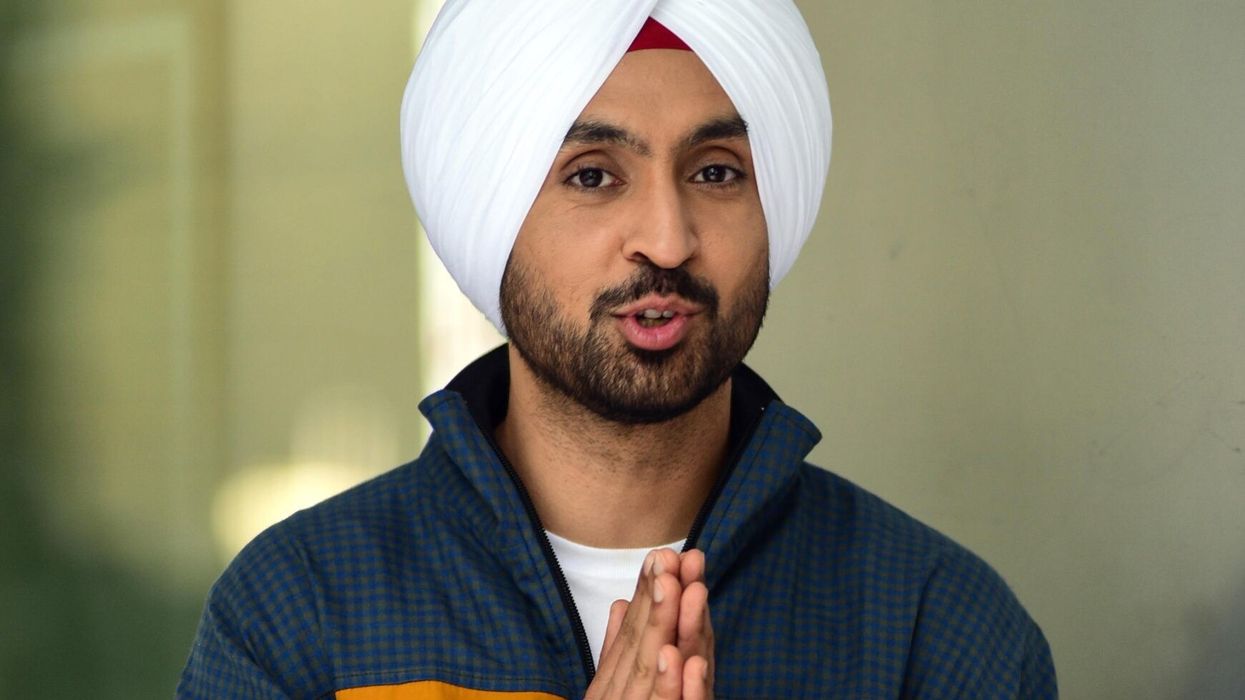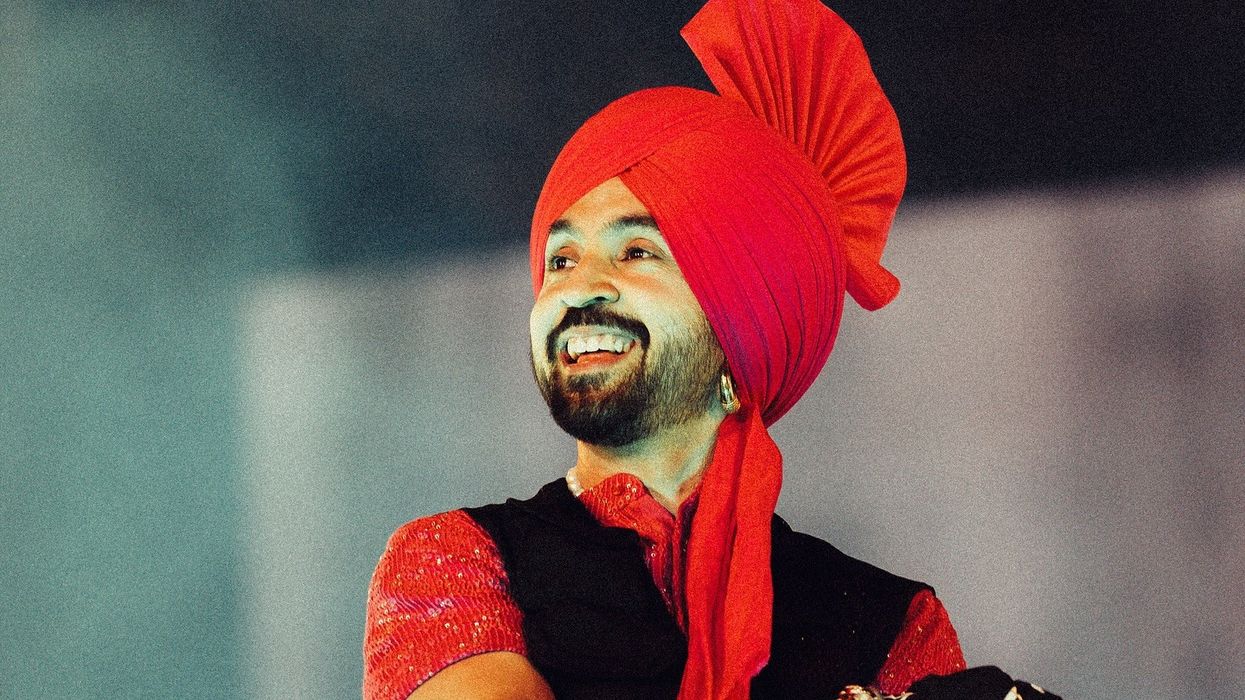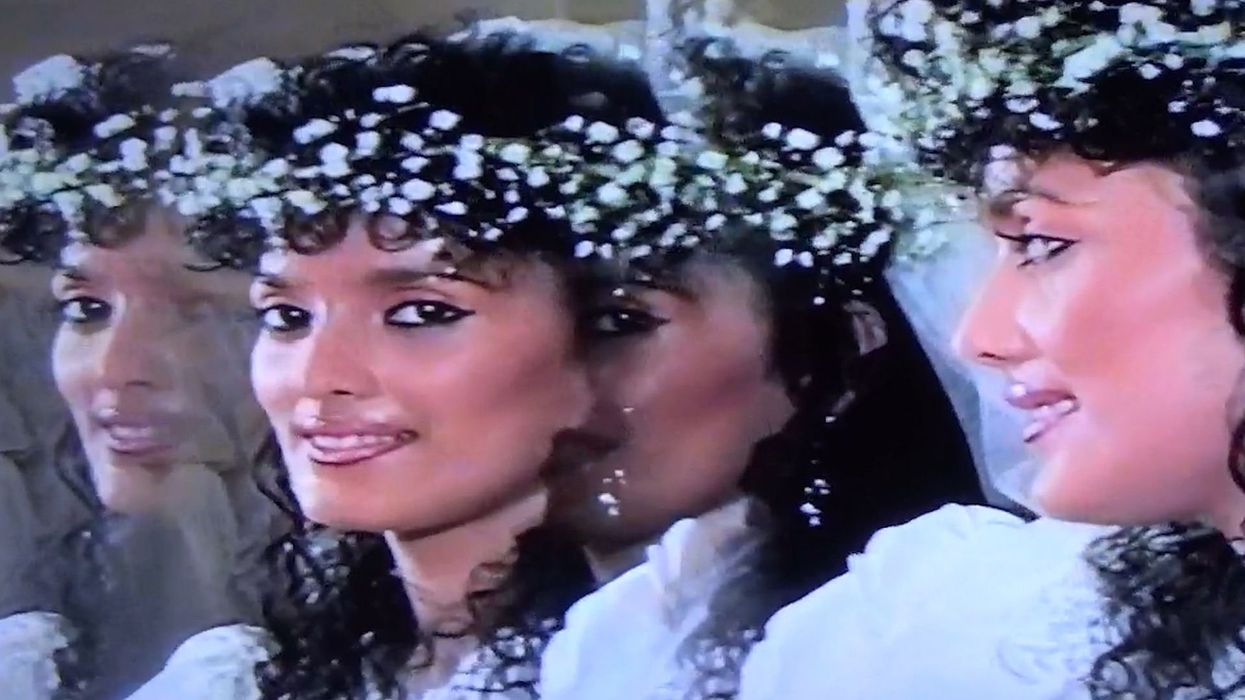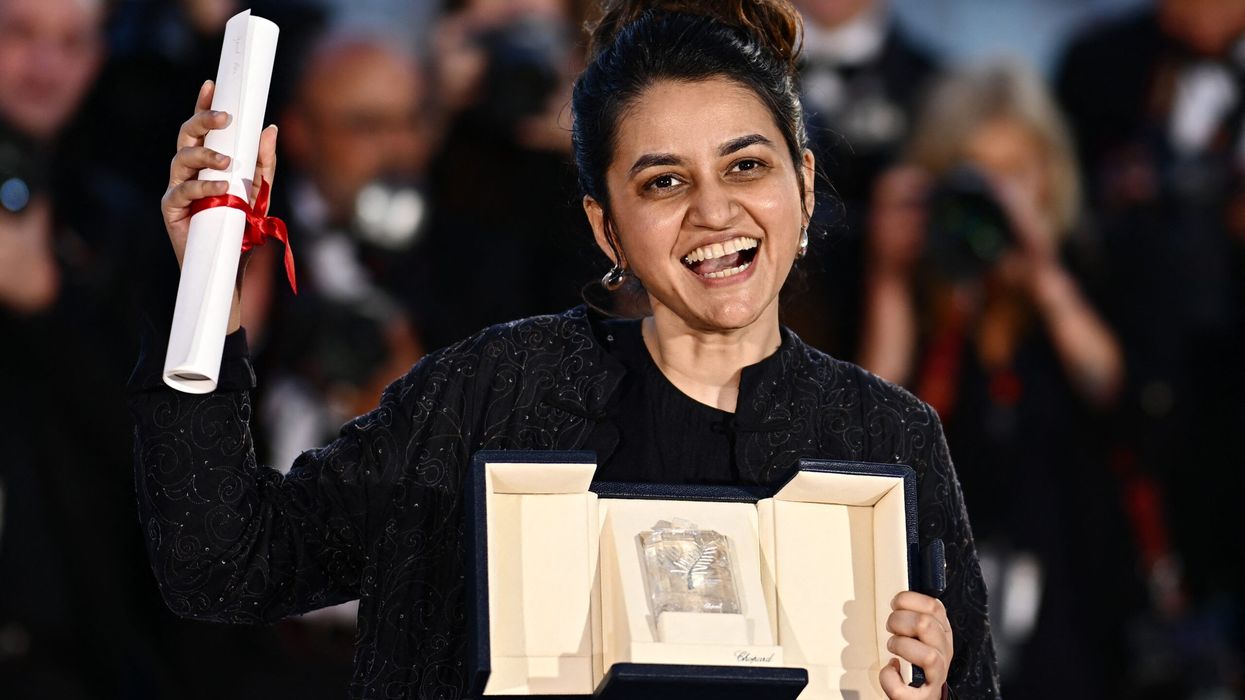Farah Khan needs no introduction! Apart from being a celebrated choreographer, she is also a successful filmmaker who has given us some big blockbusters as Main Hoon Na (2005), Om Shanti Om (2007) and Happy New Year (2014).
However, it was the failure of her heist drama Tees Maar Khan (2010) which made her realize that not everyone who pretended to be friends was actually her real friend. In her latest interview, the choreographer-turned-filmmaker revealed that certain people from the fraternity celebrated the failure of her Tees Maar Khan. For the unversed, Tees Maar Khan starred Akshay Kumar and Katrina Kaif in lead roles, and was her first directorial which did not feature her favourite Shah Rukh Khan.
“I don’t know if people’s perception to me changed but they definitely took a lot of joy in Tees Maar Khan not doing well. There was glee and there was ‘Oh thank God this one did not do well.’ That’s when I realized that you know it is a boys’ club and they don’t want a little girl, or a big girl, in it.”
She added that the failure of the film taught her to be kinder. “It taught me a lesson that you have to be kinder because Karma is a b*tch,” she said in conclusion.
Talking about her next directorial venture, Khan has collaborated with hit machine Rohit Shetty to direct a film for his production house. However, it has been close to a year since the two announced their collaboration, but we have not heard of any development on that front. Speculations are rife that Farah is planning to remake the 1982 cult hit, Satte Pe Satta. However, she always chooses to keep mum whenever asked about the same.





 PETA India picks Raveena Tandon as Person of the Year after her stand against cruelty to animals Rohn Pingalay
PETA India picks Raveena Tandon as Person of the Year after her stand against cruelty to animals Rohn Pingalay  Raveena Tandon named PETA India Person of the Year for rescuing animals and opposing live elephant use
Raveena Tandon named PETA India Person of the Year for rescuing animals and opposing live elephant use 






